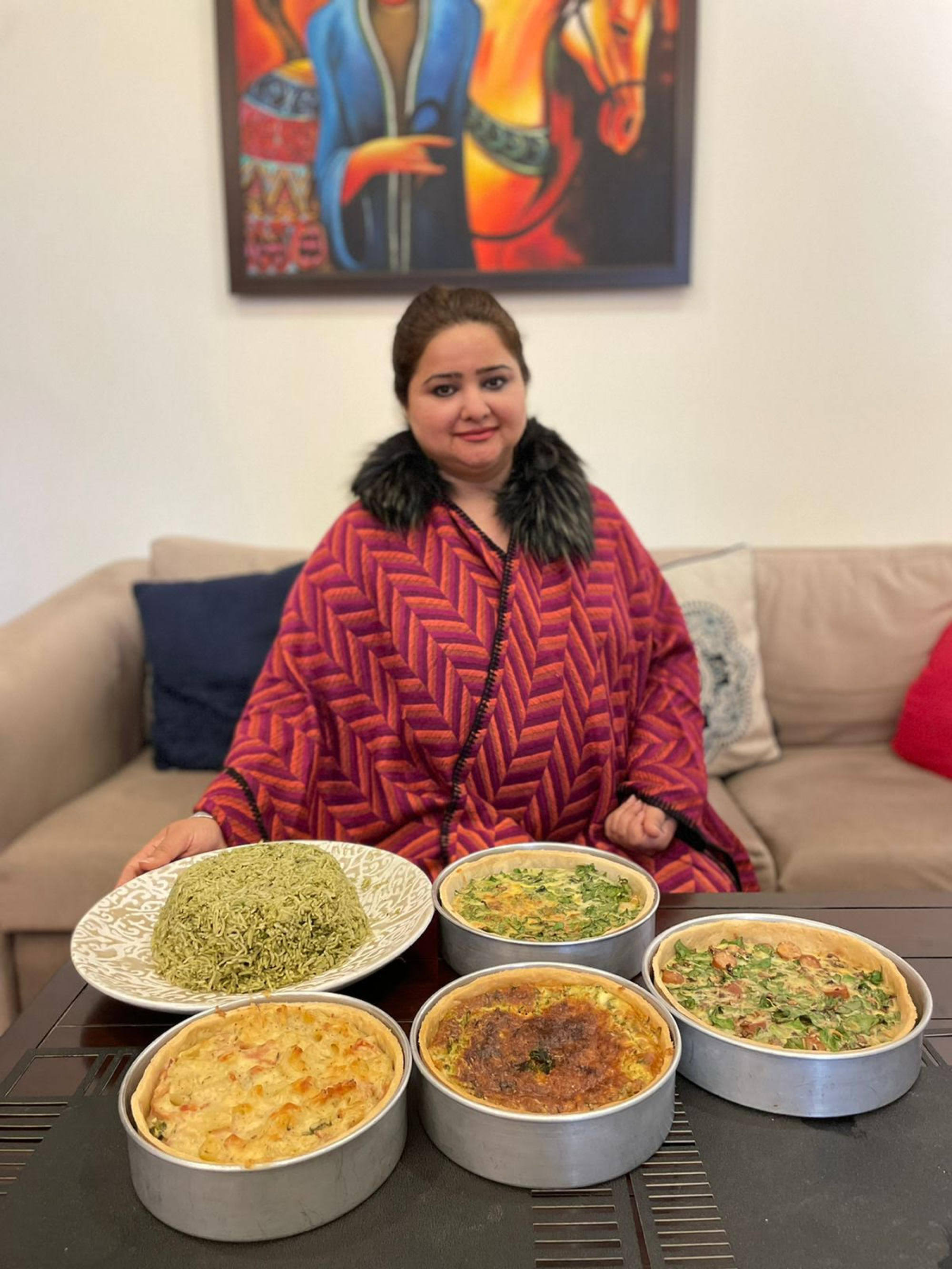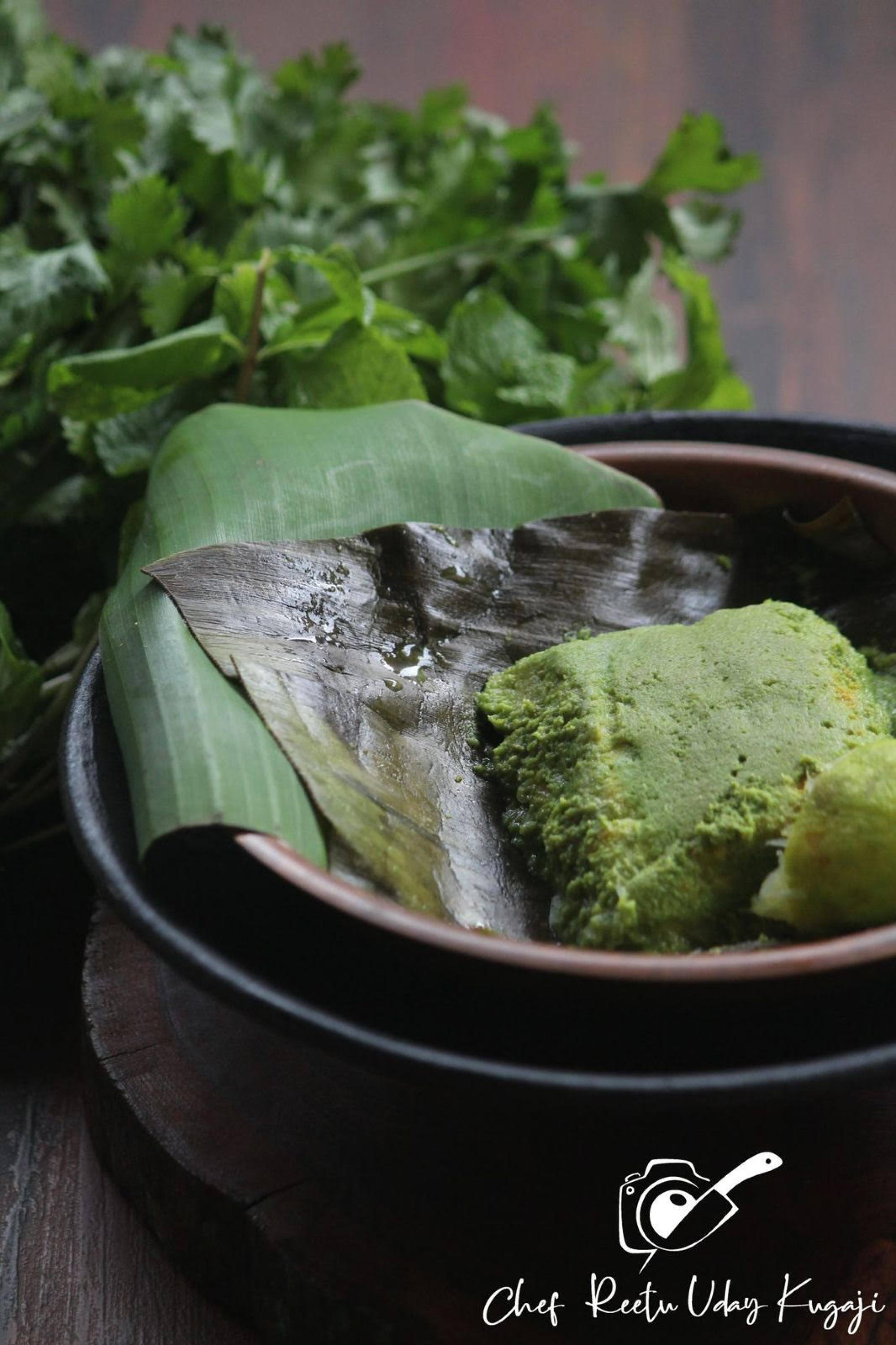
Indian celebrity chef Ranveer Brar spices up discussion with petition to make coriander India’s ‘national herb’
- Indian chef Ranveer Brar’s ignites national discussion with Instagram post asking coriander be known as country’s ‘national herb’
- Coriander is India’s most beloved herb used prolifically across the country and widely regarded as a taste-making star in numerous dishes
No sooner was the message displayed than foodies from across the country jumped in with their responses to the plea. “Yes, yes, yes” responded one follower to the chef’s suggestion, while another commented: “Where do I sign?” A third quipped: “With you on this chef”.
The ebullient responses were unsurprising considering coriander is India’s most beloved herb used prolifically across the country synonymous with flavour-charged food. Known variously as dhania, kothamali, cilantro, cotomili, Chinese or Egyptian parsley, coriander is widely regarded as a taste-making star with its zingy flavour.

Chefs incorporate it in flatbreads, pulaos, curries and chutneys, hot snacks and more. It is also used as a garnish to augment the food’s visual appeal. Millennial chefs have introduced inventive coriander-based recipes for cakes, pies, dips, salsa and burritos while mixologists are showcasing the bright green citrusy herb in mocktails and cocktails.
Delhi-based chef and baker Shibani Sachdeva, who runs “For The Love of Quiche” bakery says her coriander-based quiches – “Pansy Pesto” and “Cilantro Ricotta” are a great hit among her clients who cannot get enough of the spicy condiment. “Coriander not only adds a whiff of freshness to dishes but also makes the food eminently Instagrammable. I also love using it in my food because it fills the house with a lovely aroma, a great prelude to our family dining sessions.”

Other popular coriander-based dishes by Sachdeva – popularly known as “Quiche Queen” – include “Dhaniawala Murg” (chicken cooked in coriander-garlic – ginger paste) and coriander pulao, a green-hued, one pot nutritious meal crafted from long-grained basmati rice and coriander. “It is a very popular dish in southern India, but it is becoming increasingly ubiquitous on menus in the north as well because of its punchy flavour. It cooks in a jiffy and can be garnished with pomegranate seeds and roasted peanuts for the final touch,” elaborates the 47-year-old.
India’s hot debate: is curry a racist hangover from British colonialism?
Culinary experts say the wild herb dates from the Neolithic era and its leaves and seeds have found use in cooking for centuries. However, for Mumbai-based chef Reetu Uday Kugaji, it is coriander’s unparalleled accessibility that is most appealing. “You can grow it in a pot, in your kitchen garden, or on your window sill. It thrives under all conditions. Just snip it with scissors and start cooking,” she adds.

Kugaji adds that dhaniye ka shorba or coriander soup is also one of the most popular Indian soups known to boost immunity and especially sought after during the current pandemic. Patrani Machchi or fish steamed in banana leaves cooked by India’s minority Parsee community is also a delicacy.
“The dish is healthful as well as tasty as it requires minimal oil,” adds Kugaji. “A flat fish such as pomfret or basa is usually used in whole or in fillet form, coated with a coriander leaves, coconut, green chillies, garlic and mint chutney, and then steamed in banana leaves. It is akin to the French en papillote technique where delicate foods are steamed inside a paper packet to seal in their aroma and juices.”

Chef Dhruv Kalra and his Vietnamese wife Trang Nguyen say coriander is an integral part of their dishes at their restaurant – Vietnamese Caphe – in Delhi as well as their home kitchen. “I’m a Punjabi so it often happens that both of us enjoy Indian and Vietnamese coriander dishes at the same table. My spouse would be having a banh mi sandwich while I’d be digging into my coriander chicken. Such is the universality and appeal of coriander,” elaborates Kalra.
Connoisseurs say the entire coriander plant is of great utility as everything from the herb’s root to fruit to leaves and seeds can be incorporated in dishes. While coriander seeds, dried coriander seeds powder and roots are used in Indian gravies, stews and desserts, the herb’s stems are used in braises for their earthy aroma. The herb encourages zero-waste cooking, says Chef Ashish Bhasin, F&B Director, Leela Ambience Hotel Gurgaon. “One of our star dishes is Kothimbir Mutton Curry which showcases the herb in all its glory.”

Big fat Indian weddings: a Bollywood villain in war on wasted food
Mixologist Dipayan Sarkar, says many of his coriander-based drinks are very popular with the millennials. These include Cilantro Mojito, which uses fresh cilantro leaves, a squirt of lime, sugar syrup, two ounces of white rum. It is then strained into a glass of crushed ice and garnished with a lemon wedge and a sprig of coriander.
“In summers, there’s a lot of demand for my Cucumber Cilantro Cooler which uses the herb along with two ounces of vodka, lime and sugar syrup. I’m coming up with more coriander recipes soon,” informs Sarkar. Research has highlighted, adds the mixologist, how coriander was used to flavour forms of beer invented in the Sumerian civilisation of the third millennium BCE, and this has been revived by modern wheat beers now available in India.
How Indian food curried favour with British, and vice versa
The herb is also used in ayurvedic medicines and tonics for its healthful properties addressing everything from loss of appetite to high blood pressure to cholesterol, mouth ulcers, arthritis, diabetes and anaemia.
According to nutritionist Swati Garg, coriander contains powerful antioxidants and helps lower HDL or bad cholesterol. It is used as a traditional treatment for diabetes and insomnia. Author Jack Turner in his book Spices: the History of a Temptation notes that Tutankhamen’s mummy was found to be treated with coriander and resins to preserve it,” she adds.

